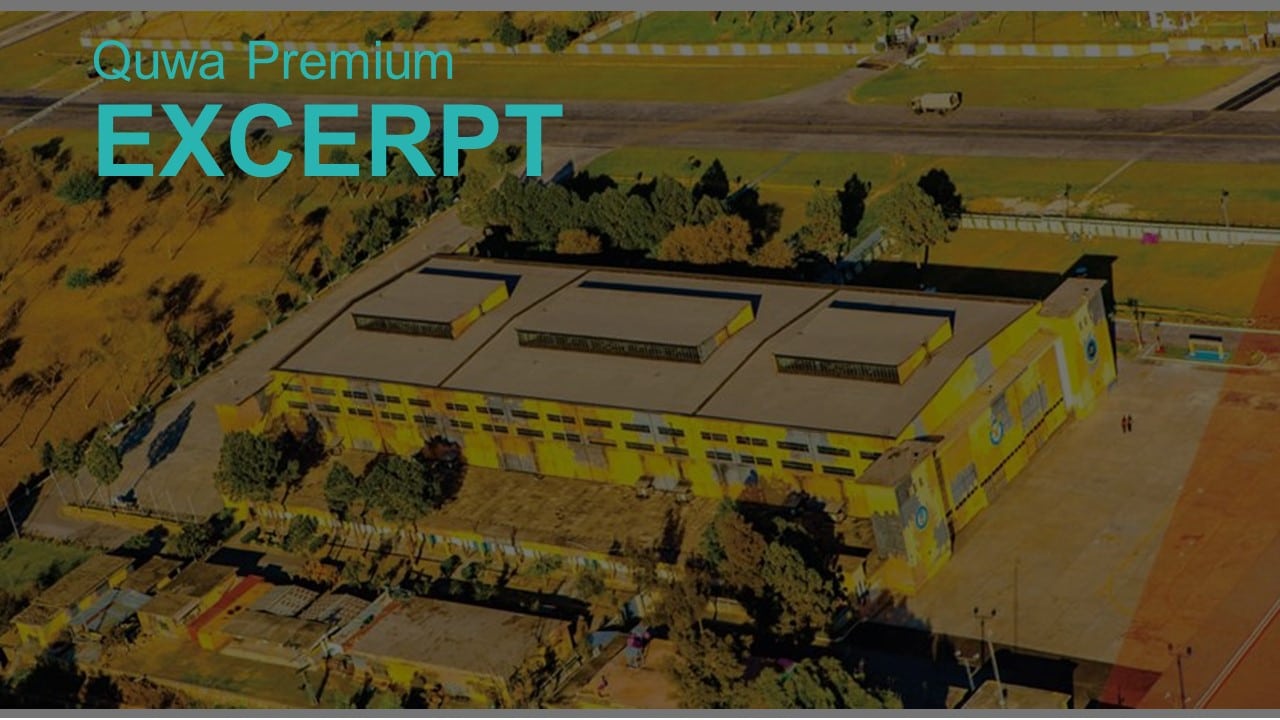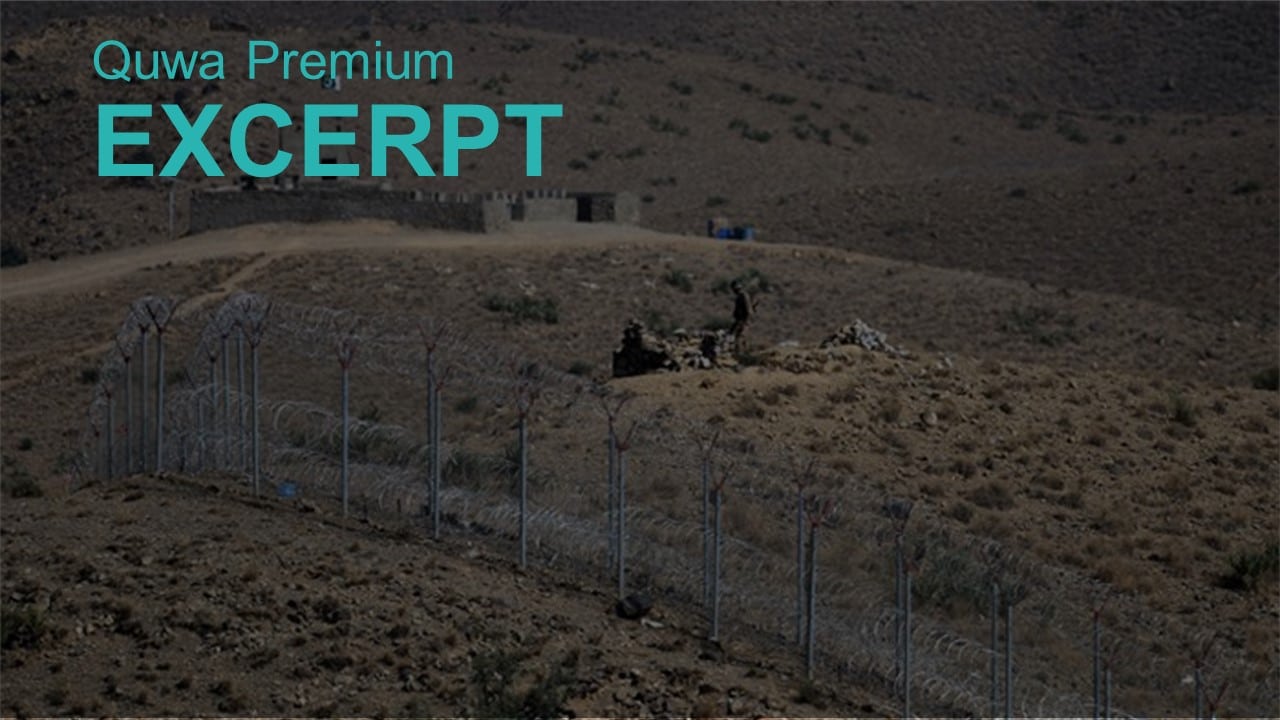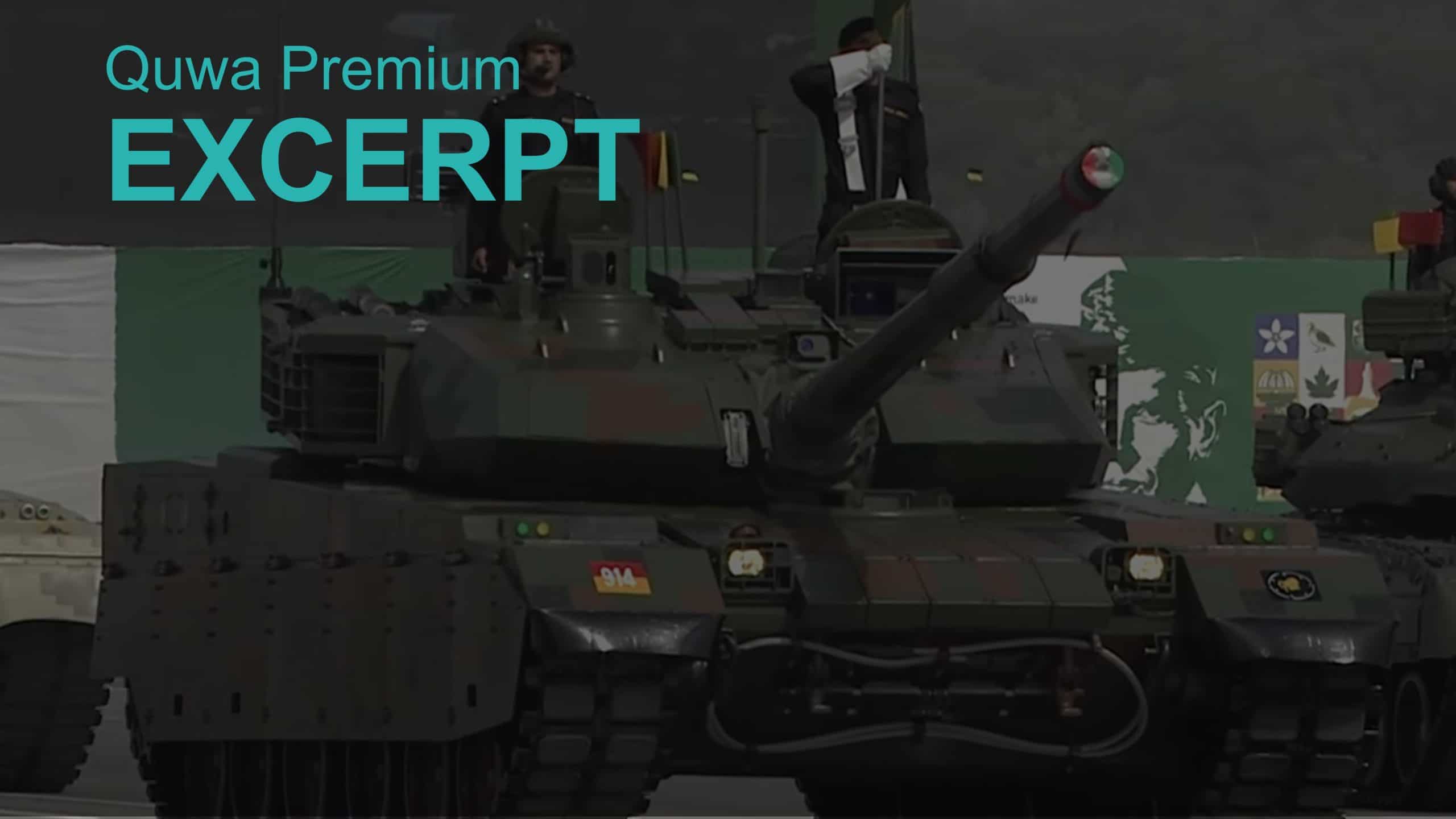1946Views

Potential Shifts in Pakistan’s Defence Industry
In July 2020, the Pakistan Ministry of Defence Production (MoDP) published its “Two Years Performance Report” to outline the activities of the country’s various state-owned defence industry organizations.[1]
One of the MoDP’s notable disclosures in the report was the creation of a draft offset policy document, which, according to the MoDP, “is being circulated to all concerned for input.”[2] The offset document may be an effort to revive or utilize the Directorate General Defence Purchase’s (DGDP) current offset policy.[3]
In addition, the MoDP said it was working on a number of reforms that would encourage greater oversight of its activities, deepen engagement with Pakistan’s private sector businesses and academic institutions, and drive more transfer-of-technology (ToT) arrangements in big-ticket contracts.[4]
The MoDP likely set these goals in response to longer-standing calls for more defence exports and, at least within the Pakistan Navy (PN) and Pakistan Air Force (PAF), support for indigenization efforts. Controlling the cost of defence procurement is a significant contributor to both the offset and indigenization efforts.
However, Pakistan is also at the crossroad of deciding whether it wants to continue investing in its defence industry, at least in regards to specific state-owned organizations.
These organizations – such as (among others) Pakistan Ordnance Factories (POF), Heavy Industries Taxila (HIT), Pakistan Aeronautical Complex (PAC), and Karachi Shipyards & Engineering Works KSEW) – form the bulk of the country’s defence industry. In effect, the state is Pakistan’s main domestic defence vendor.
Pakistan formed these organizations to locally support the armed forces’ equipment through overhauling, repair, and other major maintenance tasks. Since 2000, these organizations started manufacturing some major equipment, but with support from original equipment manufacturers (OEM) in China and Europe.
Unfortunately, the armed forces have yet to fully rely on these organizations for these requirements. The Pakistan Army (PA), for example, recently ordered the NORINCO VT4 main battle tank (MBT) from China, even though it already has a domestic MBT program in the form of the al-Khalid series. Given the fact that HIT was not manufacturing at full capacity, the purchase of a solely imported design is curious…
End of Excerpt (346/1,297 words)
You can read the complete article by logging in (click here) or subscribing to Quwa Premium (click here).
For More Information on Pakistan’s Defence Industry:
- Pakistan Commits to Forming Offset Policy for Defence Imports
- Pakistan Air Force Delves into Artificial Intelligence Development
- “Industry-Academia Linkages” in the Pakistani Context
- The Culture and Foundations for Research at Pakistan Aeronautical Complex
[1] “Two Years Performance Report.” Ministry of Defence Production. Government of Pakistan. 08 July 2020. URL: http://modp.gov.pk/Publications
[2] Ibid.
[3] “Defence Offset Policy.” Directorate General Defence Purchase (DGDP) Pakistan. Accessed: 03 December 2017. URL: http://www.dgdp.gov.pk/documents/defoffsetpolicy.pdf
[4] “Two Years Performance Report.”


